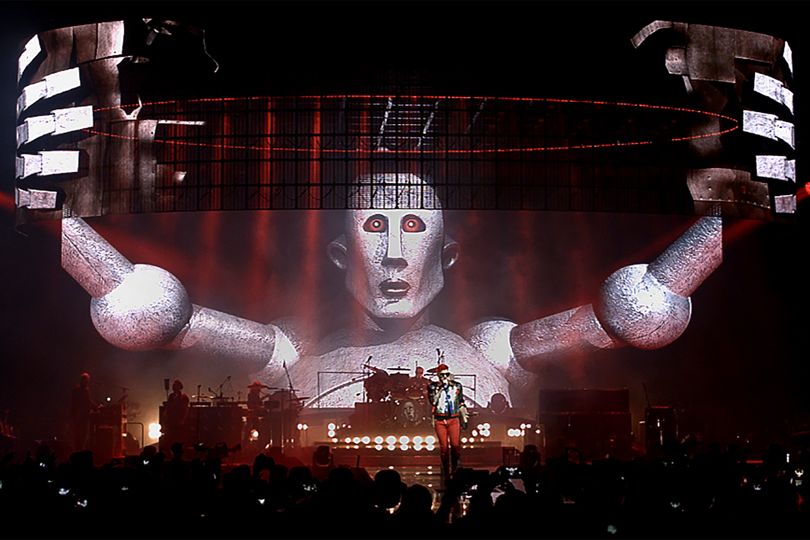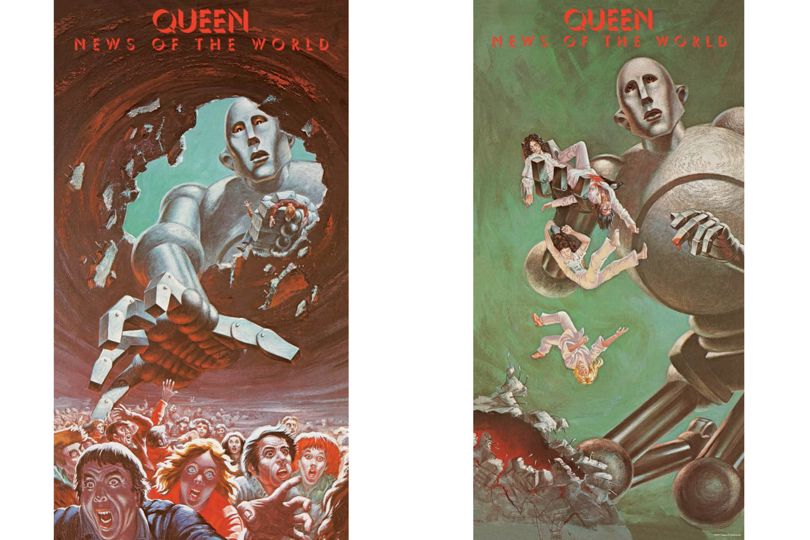If you’re a bit of a nerd, and I say that in the most loving manner(!), you’re going to love this article on how Queen’s robot from News of the World was brought to life on their current Queen + Adam Lambert concert tour.

Photo courtesy of Queen + Adam Lambert
Even if you don’t understand all the technical talk (and I certainly don’t!), you’ll get a real feel for how much goes into producing just one aspect of a concert tour. Just imagine how much goes into the stage, lighting, sound, costuming, make up, travel, lodging, culinary, security, promotion, ticket sales, booking . . . the list goes on and on! It makes you really appreciate everything done to give us 2 hours of sheer entertainment!
You can even vote for Queen + Adam Lambert as the best tour of the year – it only takes a second! Click here to vote.
Love ya!
Carol
Here’s how Queen’s giant live show robot was reborn after 40 years
By Sian Bradley
(Originally published December 3, 2017 on wired.com)
Queen fans rejoice; the robot drawn on Queen’s 1977 News of the World album has been animated for the stage. Here’s how Frank was built to entertain us
An illustration of a child-like robot with murderous tendencies from the 1970s has been super-sized for the live stage. To celebrate the 40th anniversary of Queen’s News of the World album, the 3D animation is joining Queen and Adam Lambert on tour.
With piercing red eyes, a long angular nose, overly-plumped lips and a rounded torso, the giant Metropolis-esque robotic animation will appear on LED screens to entertain Queen fans throughout the show. The metal robot lived solely on the album covers of the 1977 album, which included We Will Rock You and We Are The Champions. Now, Frank, named after his illustrator, will loom above Brian May, Roger Taylor (two of the remaining living members of the band) and Adam Lambert (who replaces Freddie Mercury). He will also be revamped in a special box set of Queen’s landmark album.

Photo courtesy of Queen + Adam Lambert
To build a 3D model from nothing more than a sketch, artist Mark Hough began with a low-poly face model. “I had to find a model that looked like a face but with low enough detail so I could pull him around like clay,” Hough explains. He pulled, stretched and morphed the face through nine different revisions, until it was perfect.
Click here to continue reading.
Really cool!